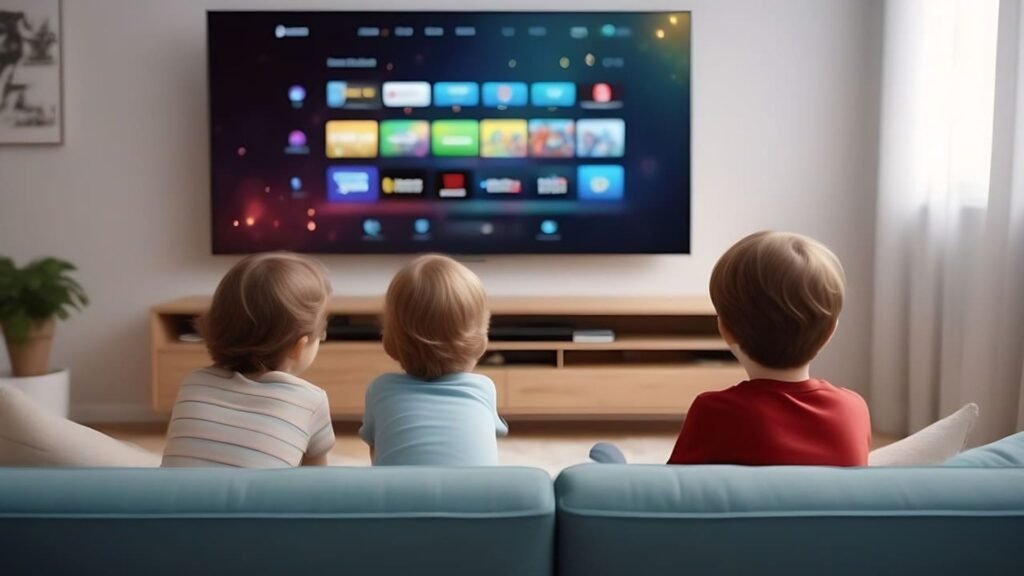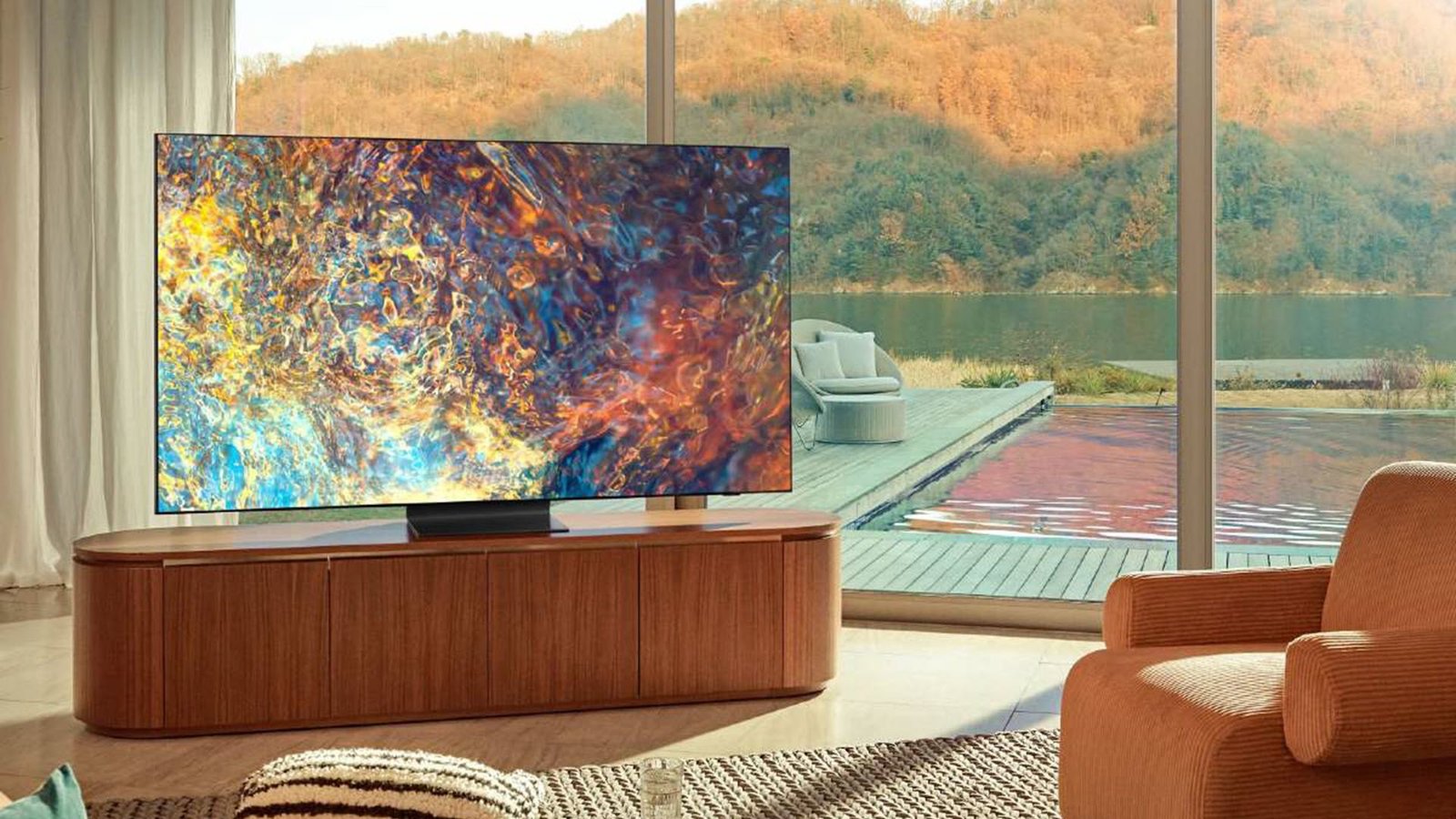Smart TVs offer a wide range of content, including kid-friendly shows, movies, and games. However, with so many options available, it’s essential to ensure that your children are watching appropriate content. Thankfully, most smart TVs come equipped with parental control settings that allow parents to filter out unsuitable content, limit screen time, and create a safer viewing experience for children.

Understanding Parental Controls
Parental controls on smart TVs give you the ability to limit what your children can watch, restrict access to certain apps, and set time limits on screen usage. These controls are usually found in the TV’s settings menu and can be password-protected to ensure children cannot disable or modify the settings.
Blocking Inappropriate Content
One of the primary functions of parental controls is to block age-inappropriate content. Smart TVs allow you to set ratings for movies and shows, which restricts content based on its maturity rating. For example, you can block R-rated movies or TV shows with explicit language, nudity, or violence. You can also set content filters for specific channels or apps like Netflix, YouTube, and Disney+ to ensure only suitable content is available.
Limiting Screen Time
Too much screen time can have negative effects on children’s health and development. Many smart TVs include features that allow you to limit the amount of time your kids spend in front of the screen. You can set daily limits or even schedule specific times for TV watching. Once the allotted screen time has been used up, the TV will automatically turn off, encouraging children to engage in other activities.
Password Protection
To prevent children from altering the parental control settings, it’s important to set a strong password or PIN. Most smart TVs allow you to lock the settings with a password that only adults can access. This ensures that your child cannot disable the restrictions and gain access to restricted content.
App-Specific Controls
Many streaming services, like Netflix and YouTube, offer built-in parental controls. For example, Netflix allows you to create profiles for kids, set content ratings, and restrict access to certain shows or movies. Similarly, YouTube has a “Restricted Mode” that filters out mature content and inappropriate videos. Combining these settings with your TV’s built-in controls ensures a comprehensive safety net.
Setting Up Parental Controls on Popular Smart TVs
- Samsung Smart TVs: Samsung smart TVs allow you to set restrictions through their “Content Rating” settings, where you can block content based on age ratings. They also offer an “Eco Solution” feature that can limit screen time.
- LG Smart TVs: LG offers easy-to-use parental controls through their “Child Lock” feature. This allows parents to block apps, restrict content, and even set a PIN to lock settings.
- Sony Smart TVs: Sony allows you to create a “Child Profile” in apps like YouTube and Netflix. You can set restrictions based on age, and the TV will block content that doesn’t meet the set criteria.
- Roku TVs: Roku TVs have a simple setup process for parental controls. You can restrict access to specific channels, create PIN codes, and even set up a bedtime timer for screen usage.
Conclusion
Parental controls on smart TVs are essential for creating a safe and enjoyable viewing experience for children. By using these controls, you can ensure that your kids are only exposed to appropriate content, limit their screen time, and protect them from potentially harmful media. Always remember to set strong passwords, regularly review the settings, and take advantage of additional app-specific controls for added safety.




